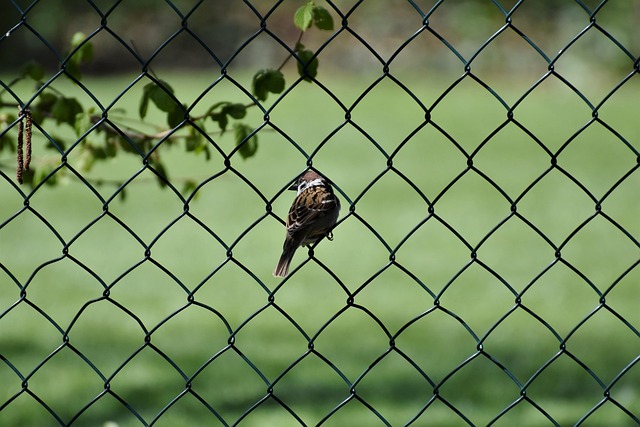DIY Fence Installation Tips for New Bedford, Massachusetts Homeowners
Installing a fence is an excellent way to enhance your New Bedford property’s curb appeal and provide privacy. This guide is tailored for local homeowners looking to take on this project independently. We’ll walk you through the essential steps, from planning your installation—including permits and measurements—to choosing weather-resistant materials suited for the Massachusetts climate. By following our step-by-step guide and safety tips, you’ll ensure a durable and long-lasting fence that increases your home’s value.
- Planning Your Fence Installation: Permits & Measurements
- Choosing the Right Material for New Bedford Climate
- Step-by-Step Guide to DIY Fence Building
- Tips for Safety & Longevity of Your New Fence
Planning Your Fence Installation: Permits & Measurements
Before beginning your DIY fence installation, it’s crucial to plan ahead in New Bedford, Massachusetts. The first step is to check with your local government or municipality for any permits required for installing a fence on your property. Each town has its own regulations and guidelines regarding fencing, so ensure you understand the rules specific to New Bedford. This process can usually be completed online or by contacting your local building department directly.
Additionally, accurate measurements are essential for successful fence installation. Take the time to measure both the perimeter of your property where the fence will be installed and the existing structures that the fence will need to accommodate, like gates, posts, or nearby trees. Mark these out on the ground using string or chalk to ensure precise cuts and fitting when you begin construction.
Choosing the Right Material for New Bedford Climate
When selecting materials for your fence installation in New Bedford, it’s crucial to consider the local climate. Massachusetts’ coastal region experiences varying weather patterns throughout the year, from harsh winters with heavy snowfall to humid summers. Therefore, opt for durable, weather-resistant materials that can withstand these conditions. Wooden fences, while aesthetically pleasing, may require more maintenance due to rot and pest damage in the moist climate. Instead, consider vinyl or metal fencing options, which are low-maintenance and highly resilient against extreme temperatures and moisture.
For a long-lasting fence, choose materials with a UV protection coating for vinyl, as this will prevent fading and cracking. Metal fences should be galvanized to resist rust and corrosion. Ensure the chosen material aligns with New Bedford’s building codes and offers adequate privacy and security without compromising aesthetics, enhancing your home’s curb appeal.
Step-by-Step Guide to DIY Fence Building
Starting your DIY fence project is an exciting way to enhance your New Bedford, Massachusetts property. Begin by gathering all necessary materials, including posts, rails, fencing panels, concrete for the footings, tools like a drill and hammer, and safety gear. Ensure you choose a suitable fence style and material that aligns with your home’s aesthetic and your budget.
The process starts with marking out the perimeter of your desired fence line. Dig holes for the fence posts, ensuring they are deep enough for stable support. Place the posts in the holes, use concrete to secure them, and allow it to set. Install horizontal rails at regular intervals, followed by fencing panels, securing them with brackets or nails. Regularly check your work for level and straight lines as you build.
Tips for Safety & Longevity of Your New Fence
When installing a new fence, safety should always be your top priority. Wear appropriate protective gear, including gloves and eye protection, to prevent any accidents or injuries during construction. Ensure your workspace is clear of obstacles and that all tools are securely fastened and within easy reach to avoid tripping hazards.
Regular maintenance is key to extending the lifespan of your fence. Regularly inspect your fence for any signs of damage, rot, or weakness. Keep the area around the fence free from overgrowth to prevent damaging the structure and ensure proper drainage to avoid water accumulation, which can lead to rusting or wood decay.
